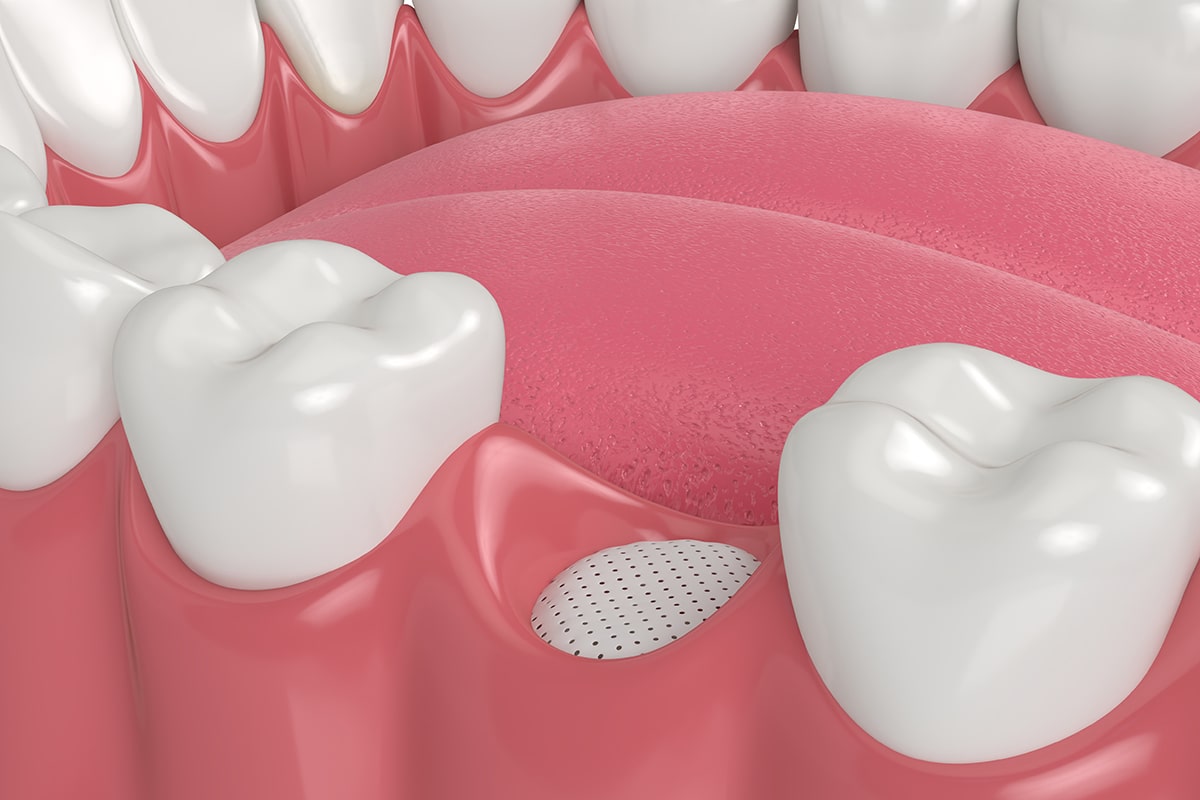
Dental implants are one of the most effective and long-lasting solutions for replacing missing teeth. However, not all patients have the adequate bone density needed to support an implant. This is where bone grafting comes in. For many individuals, a bone graft can make the difference between a successful implant procedure and one that doesn't last. At True North Oral Surgery & Implants, we strive to educate our patients about the steps involved in their care to ensure the best outcomes.
This guide will walk you through the role bone grafting plays in dental implant success, why it’s necessary for certain patients, and how it lays the foundation for a healthy, functional smile.
What Is Bone Grafting?
Bone grafting is a surgical procedure used to rebuild and strengthen the jawbone in areas where it has deteriorated or lacks sufficient density. Over time, bone in the jaw may shrink due to tooth loss, gum disease, or trauma, leaving it unable to securely anchor a dental implant. During a bone graft, natural or synthetic grafting material is placed in the area to stimulate new bone growth.
The new bone integrates with your existing jawbone, creating a strong and stable foundation for dental implants. This preparatory step ensures that your implants are not only secure but also long-lasting.
Why Is Bone Grafting Needed Before Implants?
Bone grafting is often required for patients with insufficient jawbone density. Here are some common reasons this happens:
- Bone Loss after Tooth Loss. When a tooth is missing, the jawbone in that area can begin to shrink due to a lack of stimulation from chewing forces. Without intervention, this bone loss can progress, making it difficult to place an implant securely.
- Periodontal Disease. Advanced gum disease can erode the jawbone over time, affecting its support structure and weakening its ability to hold an implant.
- Trauma or Congenital Conditions. Injuries to the jaw or developmental conditions may leave patients with inadequate bone for implant placement.
Bone grafting ensures that the jaw is rebuilt to provide the proper density and volume for implant surgery, improving the likelihood of success.
The Types of Bone Grafts
There are several different types of bone grafts that your oral surgeon may recommend based on your specific needs:
- Autografts. This technique uses bone from your own body, often harvested from the chin or another part of the jaw. Autografts are highly compatible because they use your own tissue, offering excellent results.
- Allografts. Sourced from human donors, allografts are processed and sterilized for safe use. They eliminate the need for an additional surgical site for harvesting bone.
- Xenografts. Xenografts use bone from a different species, such as bovine (cow), that is highly purified and safe for human use.
- Synthetic Grafts. Synthetic materials like bioactive glass or ceramics can encourage bone formation while eliminating the risks associated with using donor tissue.
At True North Oral Surgery & Implants, we will recommend the best type of bone graft based on your unique condition and treatment goals.
Preparing for Bone Grafting and Dental Implants
The process for bone grafting is highly personalized and meticulously planned to ensure optimal results. Here’s what you can expect during your treatment:
- Initial Consultation. During your consultation, our experienced surgeons will evaluate your bone structure using advanced imaging technology, such as 3D CBCT scans. This allows us to create an accurate plan tailored to your needs.
- The Procedure. Bone grafting is a straightforward outpatient procedure performed under local anesthesia or sedation. Our team will ensure comfort and care throughout the process, explaining each step along the way.
- Healing Period. After the procedure, your bone graft will need time to heal fully. Over a few months, new bone will generate and integrate with the existing jawbone, preparing it for implant placement.
- Dental Implants. Once your jaw has healed and developed enough density, you’ll be ready for the next step in your smile restoration process. We’ll carefully place your dental implants to ensure long-term success.
Frequently Asked Questions About Bone Grafting
What happens if I skip bone grafting and still try to get dental implants?
Skipping a recommended bone graft could compromise the stability of your dental implants. Without sufficient bone support, the implant may fail to integrate properly with your jaw, leading to loosening or other issues. Bone grafting is essential for creating the foundation needed for successful implant placement.
Is bone grafting painful?
The procedure itself is typically performed under local anesthesia or sedation, so you won’t feel any pain during surgery. Some mild discomfort or swelling can occur during recovery, but this is manageable with prescribed medications and after-care instructions provided by our team.
At True North Oral Surgery & Implants, our dedicated team is committed to providing advanced surgical solutions with a compassionate touch. Serving the Twin Cities area, we specialize in state-of-the-art dental procedures, including implants and bone grafting. To learn more about your treatment options, contact us.
